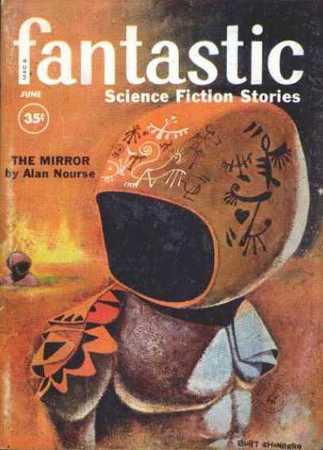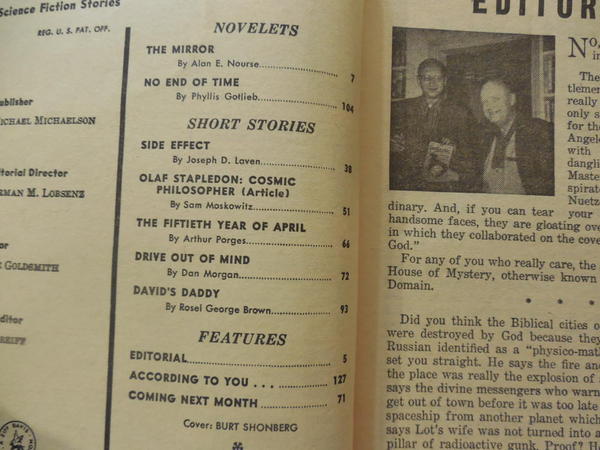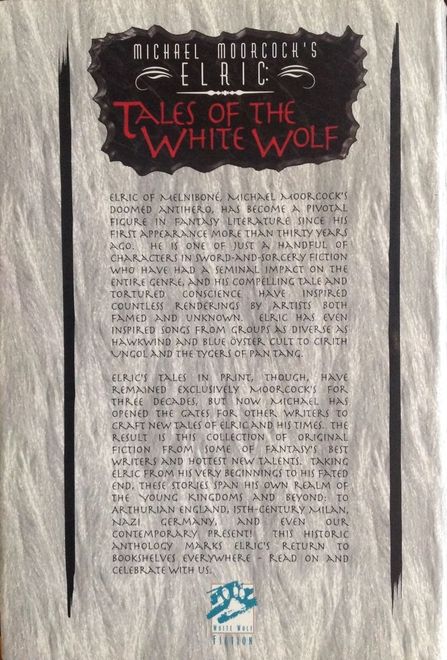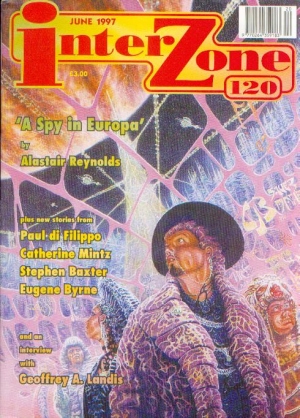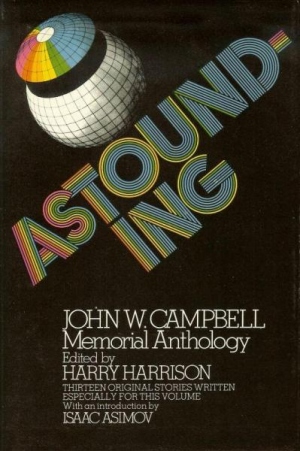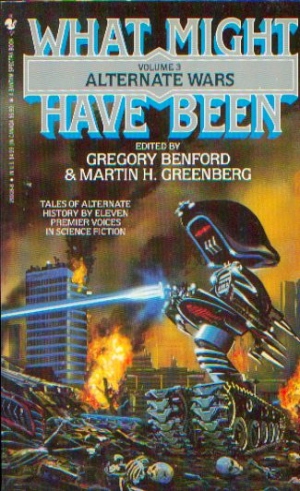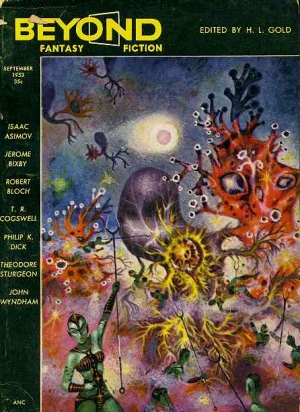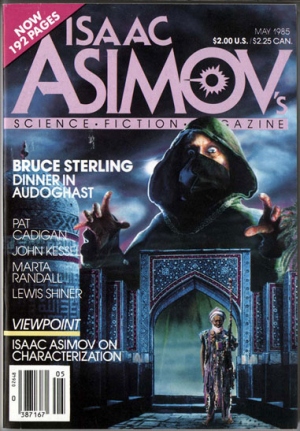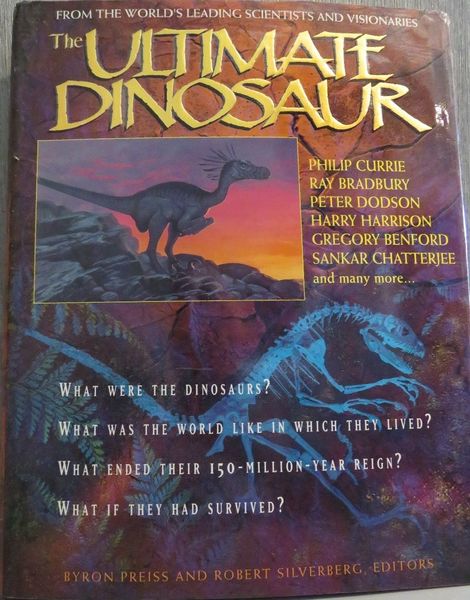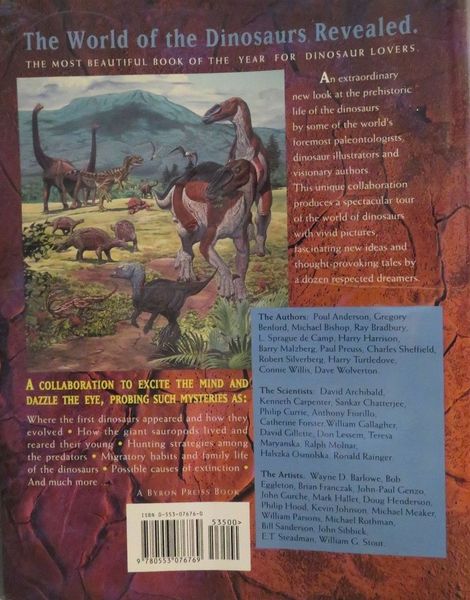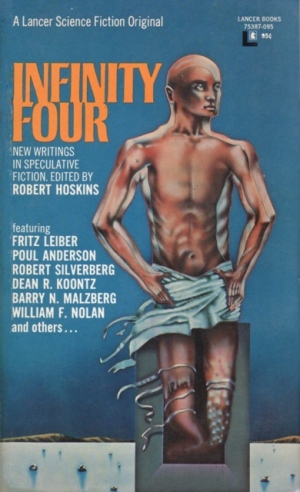Birthday Reviews: P.C. Hodgell’s “Knot and the Dragon”
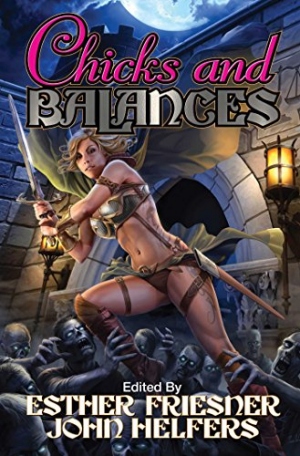
P.C. (Patricia Christine) Hodgell was born on March 16, 1951. She has written the eight volume Chronicles of the Kencyrath, which began with God Stalk and continued most recently with The Gates of Tagmeth in 2017. God Stalk was nominated for the Mythopoeic Award as was its follow-up, Dark of the Moon.
“Knot and the Dragon” was originally published in Esther Friesner’s Chicks and Balances, the most recent addition to her long-running Chicks in Chainmail series. The story has not been reprinted.
One of the common tropes in fairy tales is the step-daughter whose father has died, leaving her with an unloving mother. Hodgell uses this set up for “Knot and the Dragon,” with Knot living with her step-mother, Marta, and her two step-sisters. Everyone in town makes it clear to Knot that she doesn’t fit in with them.
Knot’s character comes across as a mixture of a Cinderella-type mixed with Belle from Disney’s Beauty and the Beast, for Knot is constantly striving to learn more about the world in which she finds herself, lamenting the death of her father, with whom she had things in common, but also accepting her current life.
Reports of nearby dragon attacks further bring out the town’s character, with the villagers firm in their belief that since they haven’t done anything wrong, there is no reason the dragon would punish them. Naturally enough, this conviction is enough (narratively) to bring a dragon down on their village, and they decide that Knot should essentially be a sacrifice to the dragon.
Rather than do as she was instructed, Knot seeks out the witch who lives nearby ever since she was forced from her home by the dragon. Although the witch’s first inclination is to flee with her son, who was accidentally turned into a pig during her last encounter with the dragon, the witch agrees to offer (dubious) help to Knot.
